Your Cart is Empty
Free Shipping over $150 (Excludes Oversized Products)
Free Shipping over $150 (Excludes Oversized Products)
Sanding Belts
Sanding Discs

The Best Orbital Sanders for Woodworking
by David Kranker 11 min read

Quick Summary
Orbital disc sanders can be a great tool for producing wood products with a fine finish. Choosing the best orbital sander for your needs can save you time and money while improving the quality of your work. The important factors to consider when shopping for orbital sanders are the dust removal system, grip, available speed options, and power source.
If you're into woodworking, you know that having the right tools can make all the difference in the quality of your finished projects. One of those essential tools is a sander, but with so many options out there, it can be tricky to choose the right one for your specific needs. But should you reach for an orbital sander or a random-orbit sander? And how do you select the best one for your project?
Orbital and random-orbit sanders may sound like they do similar jobs but they serve different purposes, and knowing the differences can ensure you get the best results in your woodworking projects. If you're wondering whether you should opt for an orbital sander or a random-orbit sander, the team at Red Label Abrasives is here to make that decision easier. In this blog, we break down the pros and cons of each tool so you can choose the perfect sander for your next project.
Orbital Sanders: An Overview
Among the two tools in question, the orbital sander is the older and more established option. Its enduring popularity in woodworking circles can be attributed to its straightforward design and affordability, making it a reliable choice for many professionals and hobbyists.
One distinctive feature of orbital sanders is their square-shaped sanding foot, which can accommodate a quarter of a standard 9" x 11" sheet of sandpaper. (This is why they're often referred to as quarter-sheet sanders.) For larger projects, you can also find half-sheet orbital sanders. This square shape offers a practical advantage, allowing you to efficiently sand those tricky, hard-to-reach corners and to get up close against edges.
When you power up an orbital sander, the sanding foot starts to vibrate in small, controlled circles or orbits. This specific movement pattern is one of the reasons why orbital sanders are known for their gentler performance. They don't cut aggressively, which makes them a preferred choice for delicate surfaces like veneers that are prone to damage.
Apart from veneer work, orbital sanders are recommended for various tasks, such as:
- Preparing Surfaces: If you're getting ready to apply a fresh coat of sealant or paint, an orbital sander helps create a smooth and even surface, ensuring your finish adheres flawlessly.
- Paint Removal: Stripping layers of old paint can be a tedious job, but orbital sanders can make it less of a chore. They efficiently remove paint, giving you a clean canvas to work with.
- Edge Sanding:Thanks to their square design, orbital sanders are excellent at sanding along baseboards and in tight corners. This precision is a big advantage for woodworking projects that demand finesse.
Overall, the orbital sander's popularity in woodworking demonstrates its practicality and reliability. Its square-shaped design, gentle sanding action, and versatility make it an indispensable tool in any woodworker's collection. Whether you're smoothing surfaces, removing paint, or tackling those hard-to-reach spots, the orbital sander can help you achieve the desired results more easily.
Pros and Cons of Orbital Sanders
Orbital sanders are popular tools in woodworking and, like any tool, they come with their own set of pros and cons. Here's a breakdown of the advantages and disadvantages of using orbital sanders:
Pros of Orbital Sanders
- Smooth Sanding Action: Orbital sanders operate in a circular motion, which results in a uniform and smooth sanding finish. This makes them excellent for achieving a fine, even surface.
- Less Aggressive: Orbital sanders are relatively gentle on the wood, making them suitable for finishing and delicate sanding tasks. They are less likely to leave swirl marks or over-sand the surface.
- Ease of Use:These sanders are user-friendly and are a great choice for beginners. They are typically lightweight, easy to control, and don't require much effort to operate.
- Dust Collection:Many orbital sanders come with built-in dust collection systems or can be connected to a vacuum, which helps keep the work area cleaner and minimizes airborne dust.
- Versatility:Orbital sanders can handle a variety of sandpaper grits, making them appropriate for both rough and finish sanding tasks. They are also suitable for sanding curved or contoured surfaces.
Cons of Orbital Sanders
- Slower Stock Removal: Orbital sanders are not as efficient at removing a large amount of material quickly compared to other sanders like belt sanders or random-orbit sanders.
- Limited Aggressiveness:While their softer ‘touch’ is an advantage for finishing work, it can be a drawback when you need to remove a lot of material or tackle tough surfaces.
- Swirl Marks (Possibility): If not used properly, orbital sanders can sometimes leave swirl marks or sanding patterns on the wood surface, particularly when using lower grit sandpaper.
- Smaller Sanding Area: Orbital sanders have a smaller sanding surface area compared to some other sanders, which means they may take more time to cover larger areas.
- Less Effective on Hardwoods:When dealing with very hard or dense woods, orbital sanders may struggle to remove material efficiently.
In summary, orbital sanders are excellent for achieving smooth and even finishes on wood, especially for finer sanding tasks. However, they may not be the best choice for heavy material removal or working on extremely hard wood. If you have to remove a lot of wood stock or are concerned about cross-grain marking, a random-orbit sander is a better option. In fact, when both machines are outfitted with 100-grit sandpaper, the random-orbit sander removes more material every time.
Random-Orbit Sanders: An Overview
Random-orbit sanders are distinctive because of their particular sanding motion. When you turn one on, the abrasive disc starts spinning in a circular fashion while the entire sanding pad moves in an oval loop. This unique motion ensures that none of the abrasive grains follow the same path twice. As a result, you get a finish without any noticeable patterns, even when you sand against the grain of the wood.
What really sets random-orbit sanders apart is their ability to steer clear of creating those annoying cross-grain marks. This feature, coupled with their faster rate of material removal, makes them the go-to choice when you're dealing with rougher workpieces or covering larger surfaces like wooden floors and tabletops.
Choosing the right random-orbit sander for your woodworking needs is the key to getting the most out of the machine. Different applications might call for different features. So, whether you're smoothing out a tabletop, refinishing a hardwood floor, or working on another project, having the right random-orbit sander in your toolkit can make all the difference in achieving the results you want.
Use Quick-Change Sandpaper Discs
Random-orbit sanders have hook-and-loop abrasive discs that are easier to switch out than the sandpaper sheets clamped on orbital sanders. The velcro-like attachment system lets you go up or down a grit level without having to waste a disc. While hook-and-loop discs are more expensive than the adhesive variety, they’re more economical in the long run because you can reuse them.
Abrasive discs come in a wide range of sizes to accommodate different woodworking functions. Smaller or hobbyist woodworkers will do fine with 5” or 6” sanding pads, but if you work on different types of projects, you might want to invest in different sizes. At Red Label Abrasives, our line of abrasive discs includes both hook-and-loop and adhesive types, the latter of which come in sizes of up to 30”.
Go For Variable Speed
Instead of buying a single-speed model, go for a random-orbit sander that has a variable-speed switch, so you can control how much cutting force is used. This way, you can remove material quickly when necessary (e.g. stripping varnish from an old piece of furniture) and reduce the speed when you have to work with delicate finishes or thin veneers.
With most sanders, you can change speed and cut aggression on the handle, ensuring maximum control during use. This control is the key to superior finishing results, and you won’t find it on single-speed sanders.
Choose Premium Dust Removal
Dust is the bane of any woodworking shop. Not only does it get in your eyes and airways but it can also coat your workpiece and leave unsightly burn marks during sanding.
While a dust canister or bag will help you contain fugitive dust, a random-orbit sander with a vacuum hose connector will do a more efficient job. Make sure that you buy one with a connection that will fit standard vacuum nozzle sizes so that you’re good to go wherever you work.
Get A Comfortable Grip
Sanding can be intense, so you want to buy a sander that you can hold comfortably for extended periods of time. Look for one that has a soft overmold on the handle, so that your hands don’t become fatigued from extra-long sanding sessions.
Although most random-orbital sanders have a top grip, if you do a lot of sanding, you may want a machine with an additional side grip for two-handed control. This way, there’s less pressure applied to a single wrist.
Choose The Best Power Option For Your Shop
Random-orbit sanders generally have three power sources, each one with its benefits and drawbacks:
- Electric Cords: Corded sanders don’t have a battery to recharge, so they always work when there’s an outlet nearby. When there isn’t, you’ll have to go cordless.
- Cordless:Building a treehouse for the kids? Too far from an outlet? This is where a cordless sander will come in handy. The only drawback is that you’re limited to the battery run time (generally 30 to 45 minutes) so be sure to have an extra battery handy for extended sessions.
- Pneumatic: If you use a central air compressor to power any of your tools, a pneumatic sander may be a good choice. For best results, use a compressor that can produce an air volume of at least 40 cubic feet per minute (CFM)- anything smaller probably won’t be powerful enough to run a sander without frequent recharging.
Get The Weight Right
The average 5” to 6” random-orbit sander weighs anywhere from two to four pounds while larger ones can weigh over seven pounds. If you sand wide vertical surfaces, a lighter model will create less hand and wrist fatigue, allowing you to work longer without having to take a break.
Pros and Cons of Random-Orbit Sanders
Random-orbit sanders, like orbital sanders, are widely used in woodworking and have their own set of advantages and disadvantages. Here's a breakdown of the pros and cons of random-orbit sanders.
Pros of Random-Orbit Sanders
- Versatile Sanding: Random-orbit sanders excel at both rough material removal and fine finishing work, making them highly versatile tools suitable for various woodworking tasks.
- Efficient Stock Removal: These sanders are more efficient at removing larger amounts of material compared to orbital sanders, making them ideal for leveling surfaces and tackling rough wood.
- Minimal Swirl Marks: Random-orbit sanders combine orbital and rotational movements, reducing the likelihood of leaving visible swirl marks or sanding patterns on the wood surface.
- Less Clogging:Their random sanding pattern helps prevent sandpaper from clogging with wood dust, which can extend the life of the sandpaper and reduce the frequency of replacements.
- Effective on Hardwoods: Random-orbit sanders are generally better equipped to handle hard or dense woods, ensuring efficient material removal even on challenging surfaces.
- Dust Collection: Many random-orbit sanders come with effective dust collection systems or can be connected to a vacuum cleaner, keeping the workspace cleaner and reducing airborne dust.
Cons of Random-Orbit Sanders
- Less Smooth Finish: While random-orbit sanders provide a smooth finish suitable for most woodworking projects, they may not achieve the ultra-fine finish that orbital sanders can deliver.
- Complex Movement:The random and orbital movements of these sanders can be a bit more challenging to control than purely orbital sanders, especially for beginners.
- Higher Price Point: Random-orbit sanders tend to be more expensive than orbital sanders, which may be a consideration for those on a budget.
- Heavier and Bulkier: They are generally bulkier and heavier compared to orbital sanders, which can be tiring for prolonged use.
- Louder Operation: Random-orbit sanders can be noisier than some other sanding tools, so hearing protection may be necessary.
In summary, random-orbit sanders are versatile and efficient tools for woodworking, suitable for a wide range of tasks from rough material removal to fine finishing. They are particularly effective for working with harder woods and offer a good balance between stock removal and finish quality. However, they may not provide the ultra-smooth finish that orbital sanders can achieve, and they come at a higher price point.
What's the Difference Between Orbital Sanders and Belt Sanders?
Orbital sanders and belt sanders are two different types of sanding tools used in woodworking, but the similarities end there.
Movement is Different
Orbital sanders move in a circular motion, which means they sand the wood by spinning in small circles. This motion is gentle and produces a smooth finish. Belt sanders, on the other hand, use a continuous loop of sandpaper that moves rapidly in a linear, back-and-forth motion. This motion is aggressive and ideal for removing a lot of material quickly.
Sanding Surfaces Are Not The Same
Orbital sanders have a square or rectangular sanding pad that's smaller in size, making them suitable for smaller and more detailed sanding tasks. In contrast, belt sanders have a long, narrow sanding belt, which covers a larger area, making them suitable for larger, flat surfaces.
Material Removal Rates Differ
Orbital sanders are not the best at removing large amounts of material quickly, so they're more suitable for finish sanding and smoothing surfaces. Belt sanders excel at rapid material removal and are often used for the initial leveling and shaping of wood.
Ease of Use Varies
Orbital sanders are user-friendly and easy to control, making them a good choice for beginners, while belt sanders can be more challenging to control, especially for beginners, due to their powerful and aggressive sanding action.
Dust Collection Setups Are Different
Many orbital sanders come with dust collection systems to keep the workspace cleaner. Some belt sanders come with dust collection systems, but they can generate a significant amount of dust.
The main difference between orbital sanders and belt sanders is in their sanding motion and intended use. Orbital sanders are better for fine finishing and detail work, while belt sanders are designed for fast material removal and are typically used for larger, flat surfaces. The choice between them depends on the specific woodworking task and the level of material removal required.
What’s the Best Woodworking Abrasive for Orbital Sanders?
In woodworking, various abrasive materials are used on sandpaper to achieve specific results. Below is an overview of the most common types.
- Aluminum Oxide:This abrasive material is widely used in woodworking because it offers a good balance between durability and cost-effectiveness. It's suitable for both wood and metal surfaces. Aluminum oxide sandpaper is available in various grits for different tasks, from coarse to fine.
- Silicon Carbide: Silicon carbide is often chosen for its ability to sand harder materials like metals and stones. In woodworking, it may be used for special applications but is less common compared to aluminum oxide.
- Zirconia: Zirconia is a durable abrasive material known for its long-lasting performance. It's suitable for heavy-duty sanding tasks, such as shaping or smoothing rough wood surfaces.
For most woodworking projects, aluminum oxide is the go-to abrasive material due to its versatility and cost-effectiveness. However, you may choose other abrasive types like silicon carbide or zirconia for specific tasks or when working with different materials in woodworking. The choice depends on the nature of your project and the material you're sanding.
Contact An Abrasive Specialist
Red Label Abrasives has you covered if you need sanding discs for your orbital sander. Red Label Abrasives is a family-owned manufacturer that has been producing premium-quality abrasives at affordable prices for over 35 years. We take great pride in offering exceptional sanding discs and unrivaled customer service.
Our sanding discs are available in both hook-and-loop and adhesive styles. Our abrasive technicians can recommend the product that will deliver the best results for your application if you’re not sure which disc would be best for you. If you would like to speak to an abrasive technician, please call 844-824-1956 or fill out our contact form.
ABOUT THE AUTHOR
David Kranker is a writer and creative maker who has been covering the abrasive and woodworking industries on the Red Label Abrasives Blog since 2020. David spends his time continually researching sanding and woodworking to provide readers with the latest and greatest information. In his free time, David utilizes abrasives for many different home and auto projects at his home in Delton, MI.
Our Most Popular Abrasives For Woodworkers
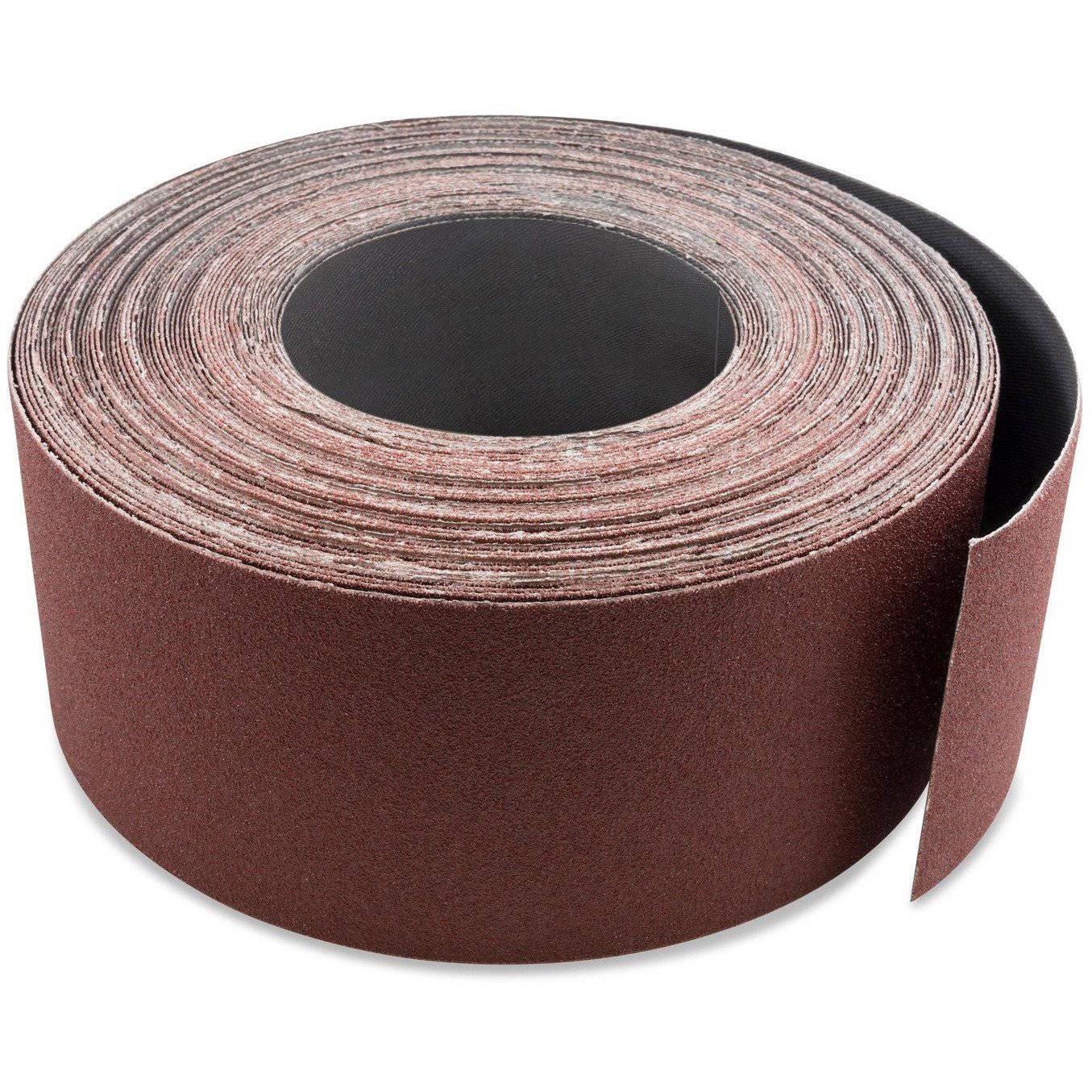
3 inch X 70 FT Woodworking Aluminum Oxide Cloth Drum Sander Strip Roll
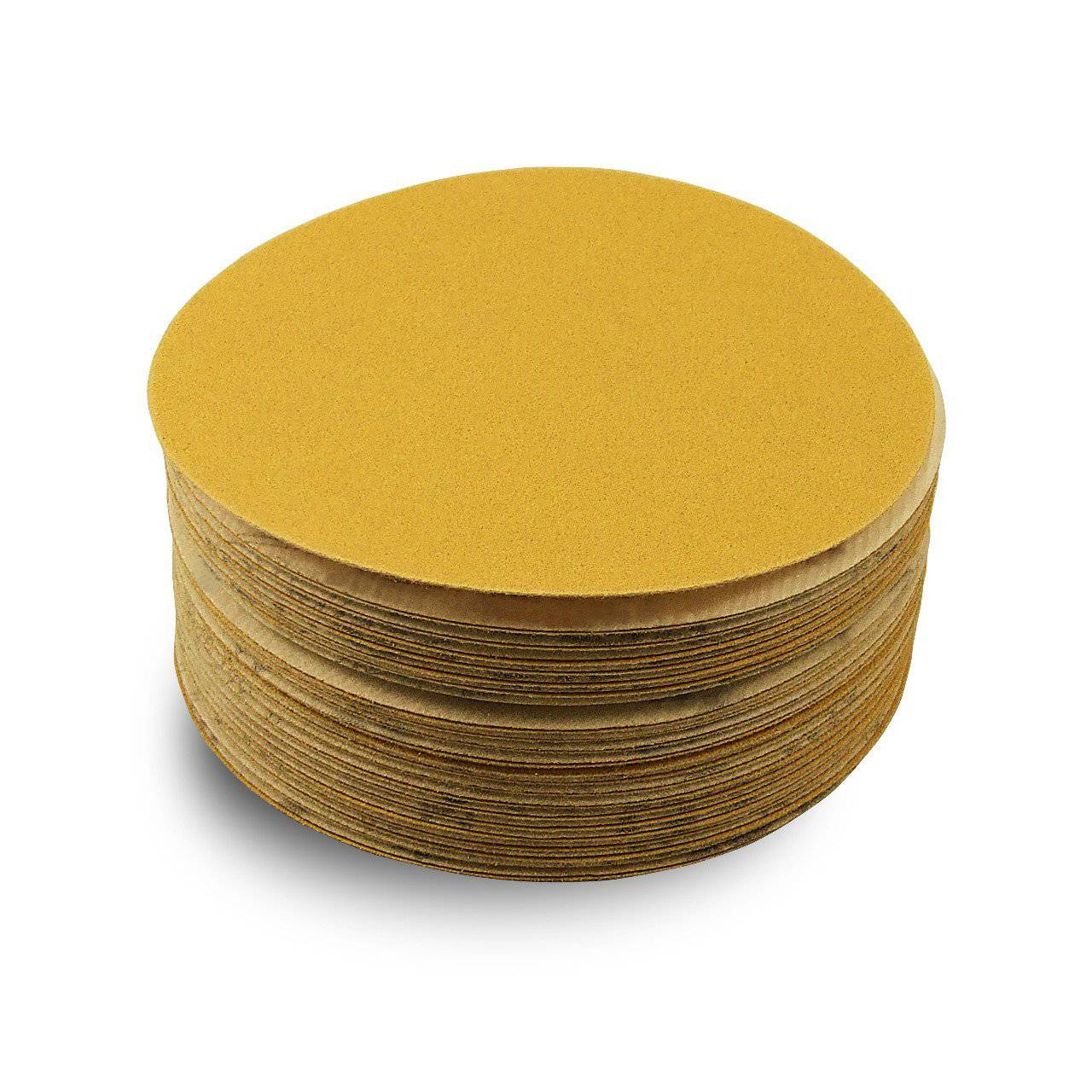
5 Inch Hook and Loop Gold Sanding Discs, 50 Pack
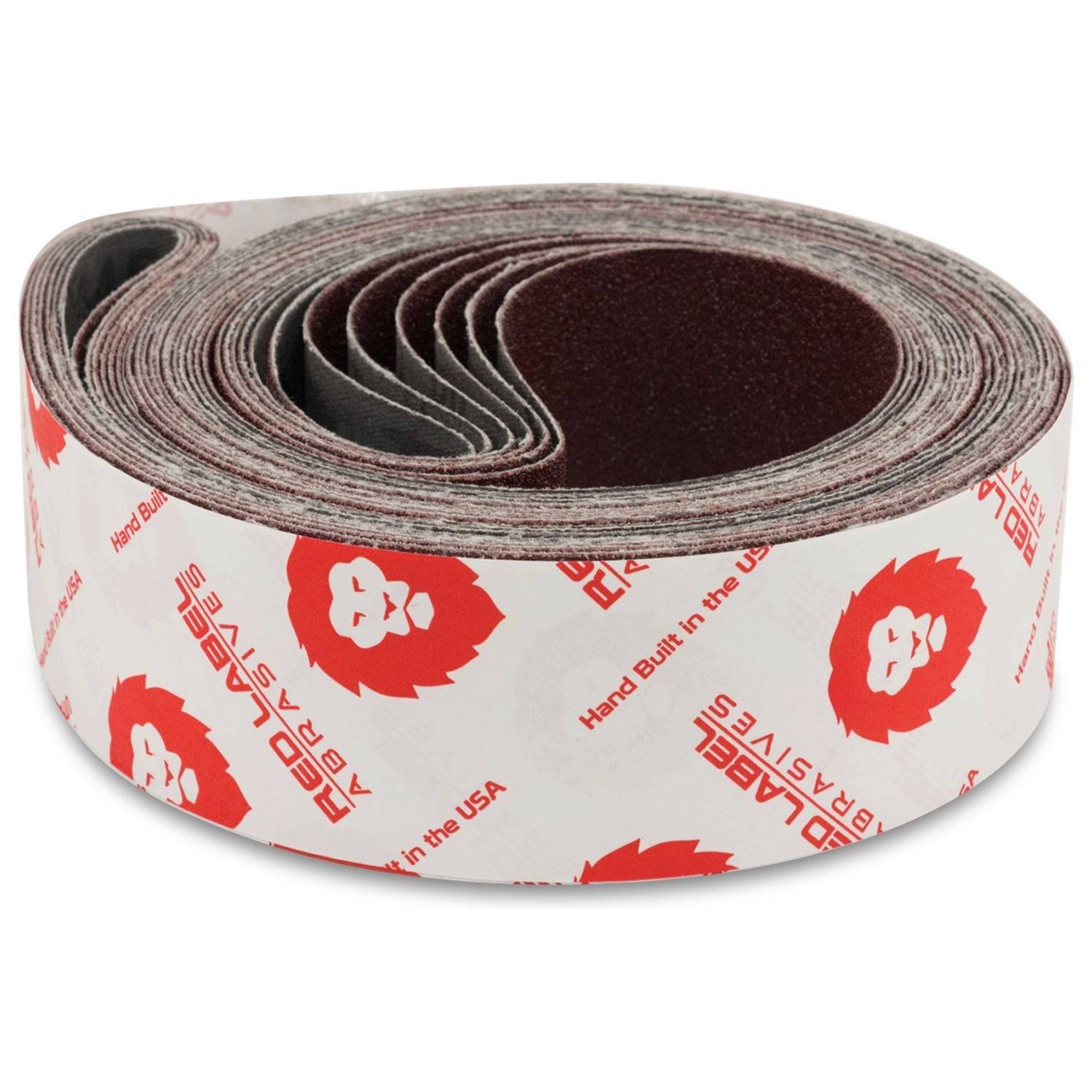
2 X 72 Inch Multipurpose Sanding Belts, 6 Pack
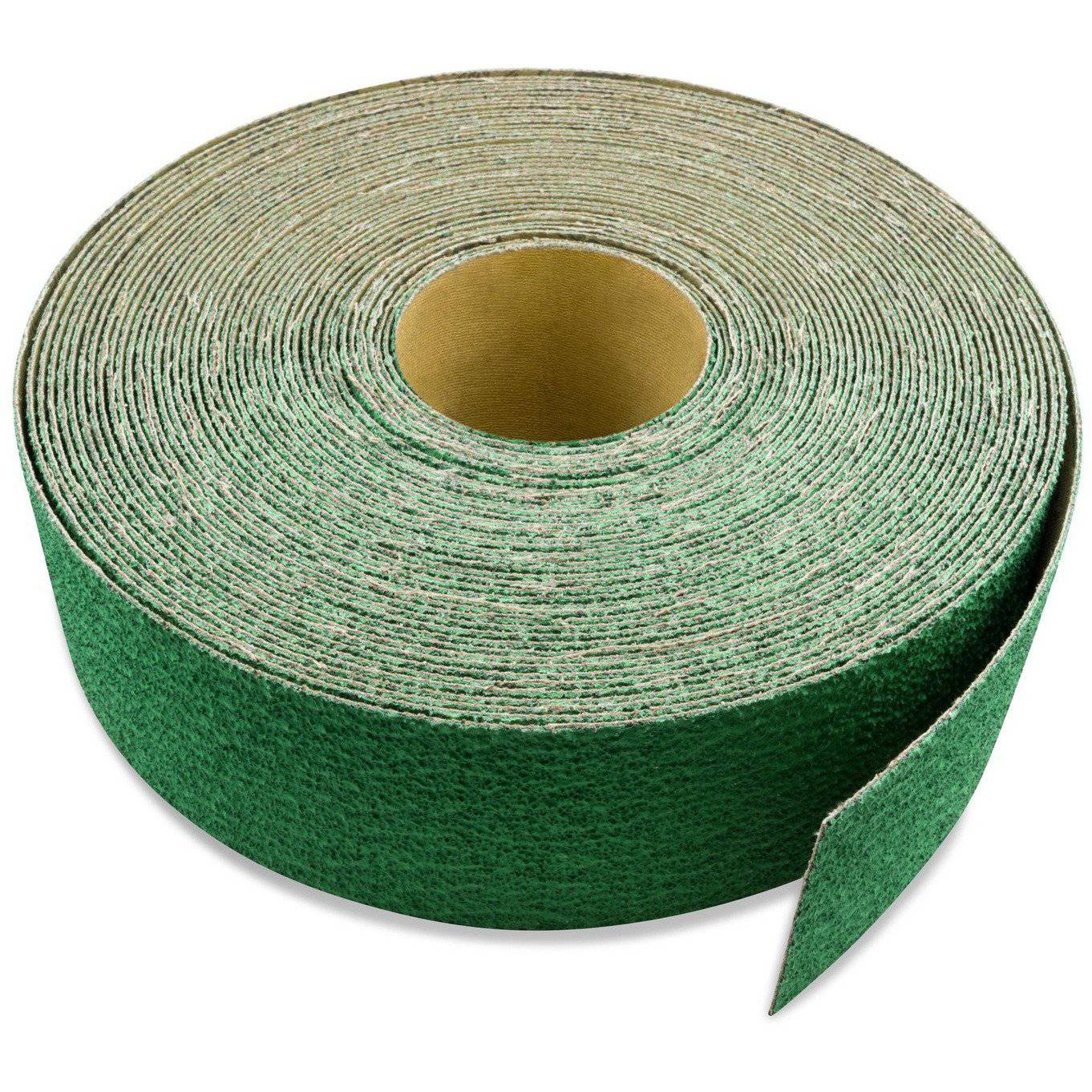
3 inch X 70 FT Premium Zirconia Woodworking Drum Sander Roll
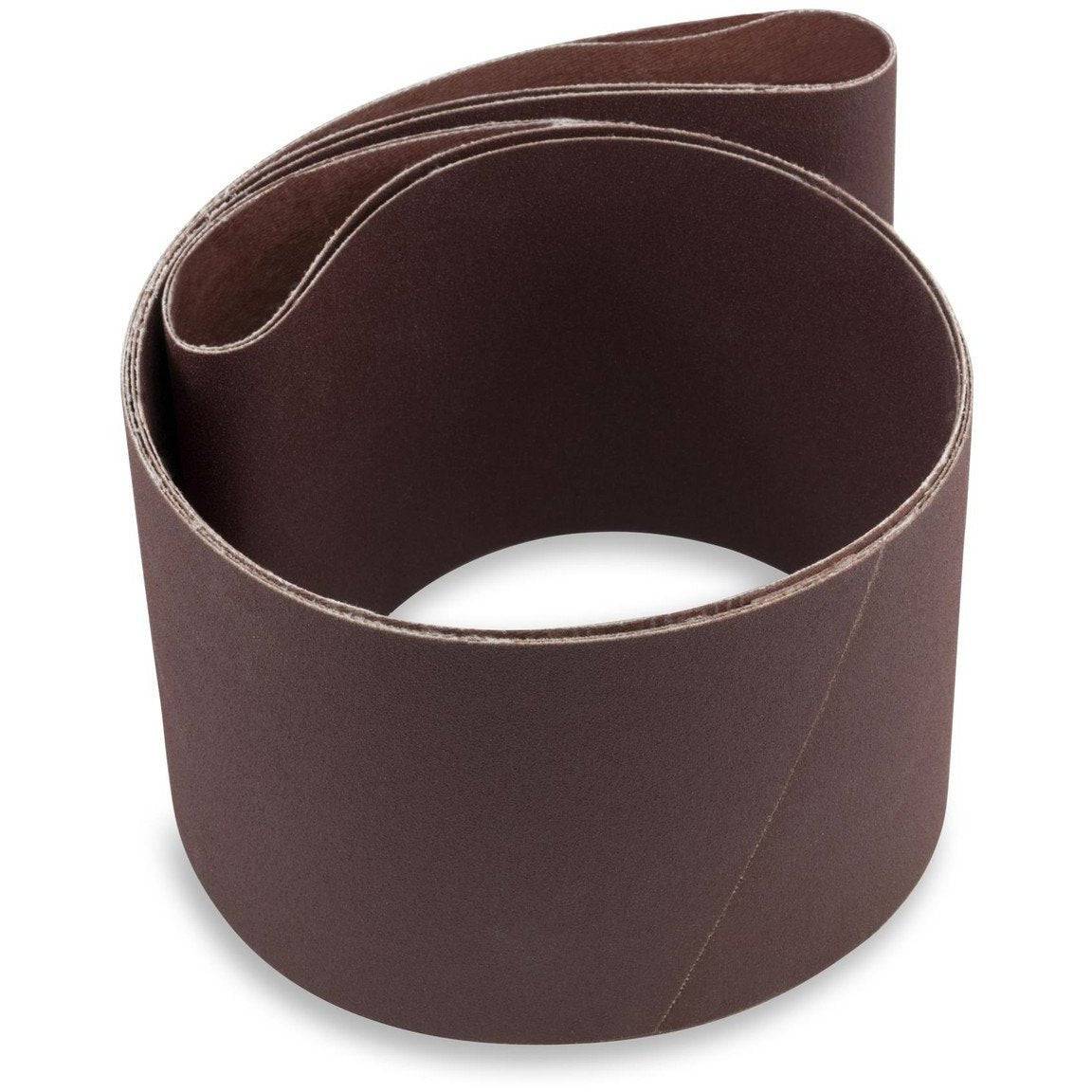
6 X 48 Inch Aluminum Oxide Wood & Non-Ferrous Sanding Belts, 2 Pack
Shop By Product Category





Why Choose Red Label?







